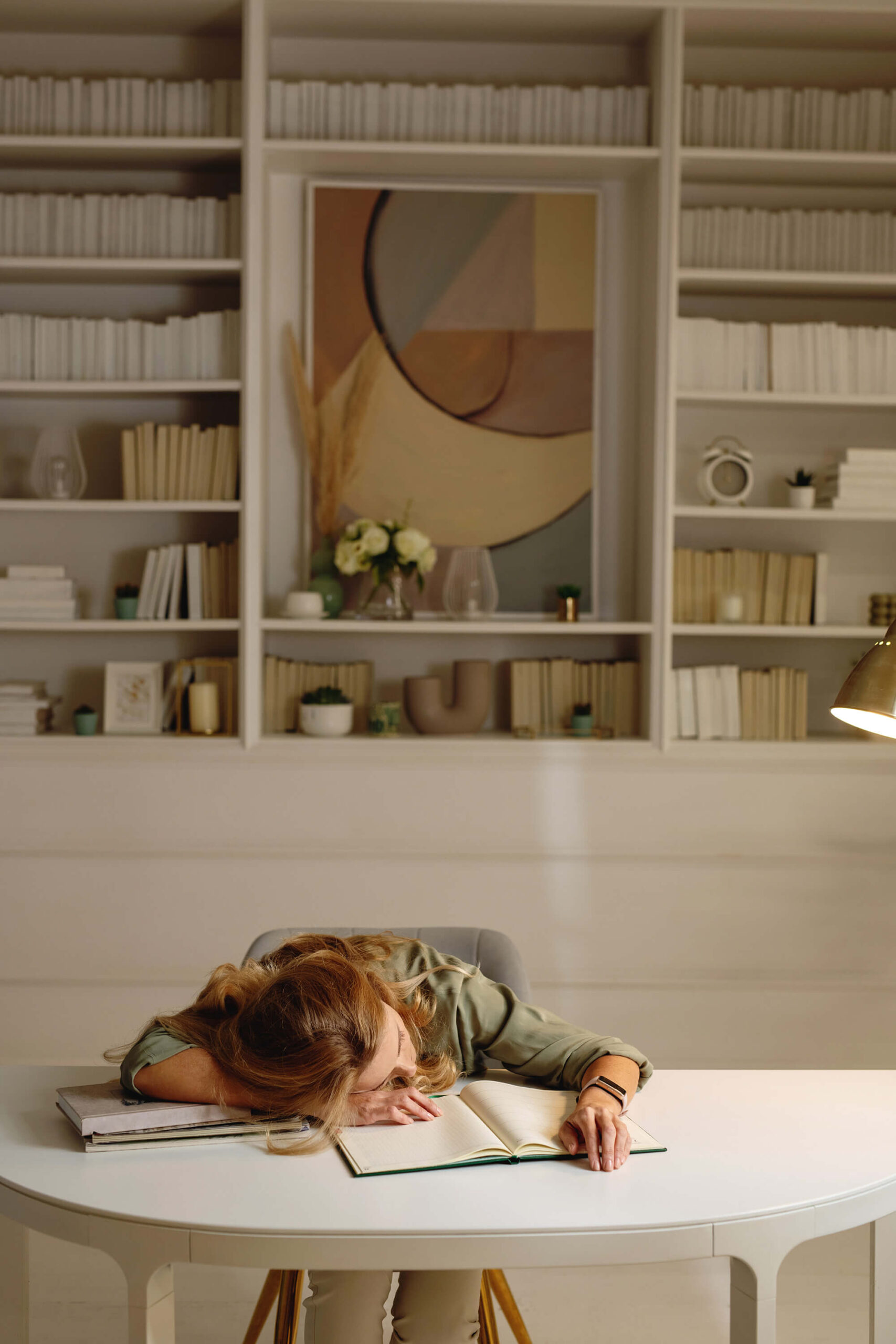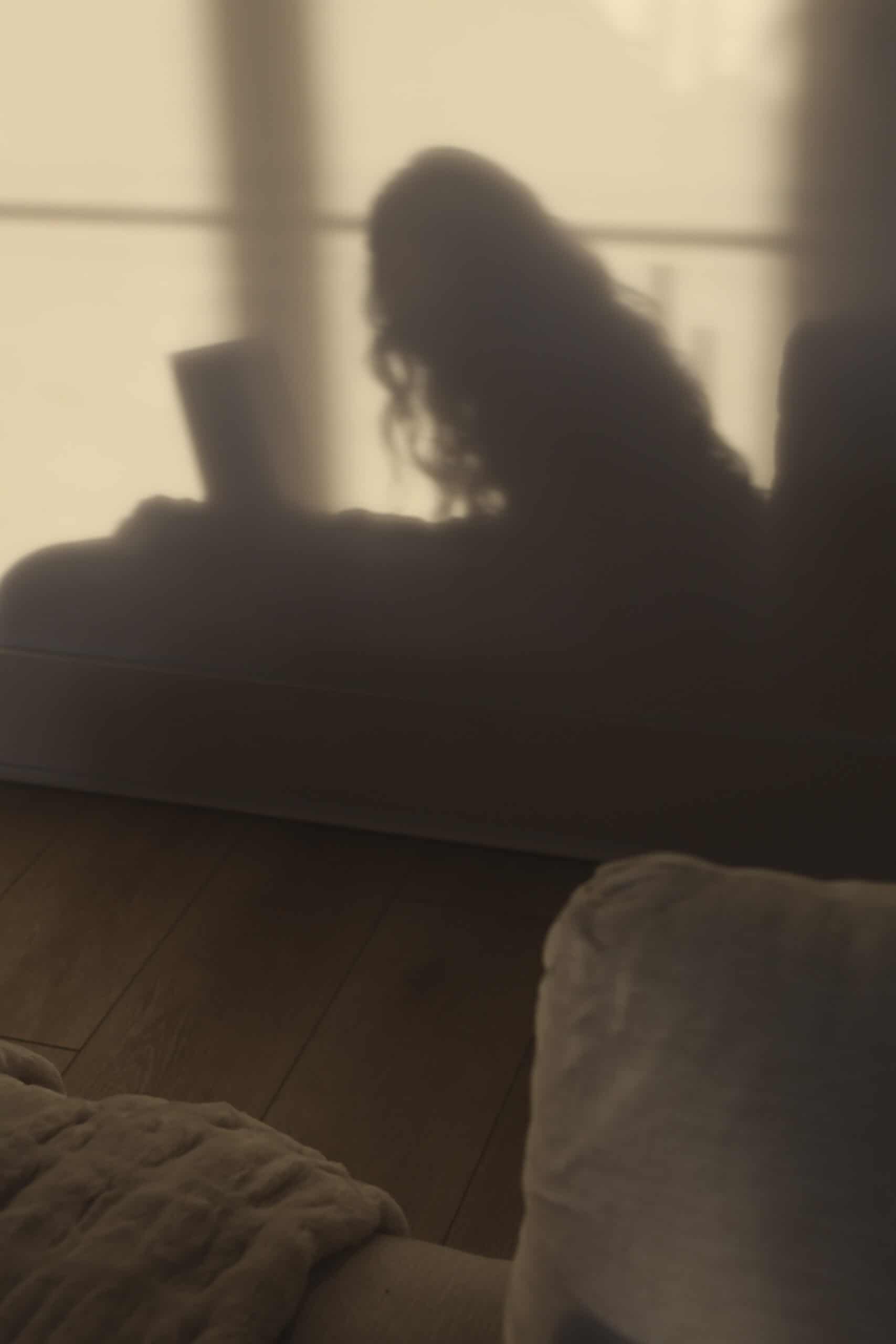At 9:14 AM last Tuesday, I found myself standing in the kitchen with a spoon in my hand… and no idea why. Five minutes earlier, I was convinced I needed that spoon for something urgent. Now? Blank.
That’s ADHD in a nutshell.
When people suggest mindfulness, maybe you picture sitting cross-legged for 45 minutes, trying not to think while your brain screams about laundry, snacks, and that embarrassing thing you said in 2013.
Hard pass.
But here’s a widely kept secret: ADHD mindfulness practices don’t have to be quiet or still.
It’s not about emptying your mind. It’s about tiny reset rituals.
Little grounding tricks that bring your brain back from buffering, spiraling, or disappearing into hyperfocus black holes.
These aren’t about “becoming calm forever.” They’re about creating micro-moments of presence so you can actually get through your day without burning out.
Below are 10 ADHD-friendly mindfulness practices, tested in the wild chaos of real life, that actually help scattered brains slow down, refocus, and breathe again.
10 ADHD Mindfulness Practices to Calm the Chaos
1. ADHD-Friendly Gratitude That Isn’t Cringe
When I used to start my mornings by checking my email in bed, within 2 minutes, I’d already feel behind. The day hadn’t even started, and my stress level was spiking.
So I swapped “scrolling” for a 30-second gratitude check-in. Nothing deep.
Sometimes it was “this blanket is soft” or “I’m so grateful for my breakfast.” And shockingly, it worked.
My mornings felt less like panic mode and more like “okay, maybe I can handle this.”
ADHD twist: Keep a little sticky pad by your bed. Write one line each morning and slap it on your wall. Soon you’ll have a whole gratitude collage that literally stares you in the face.
Why it works: ADHD brains often wake up stressed, already thinking of the 15 undone things. Gratitude interrupts that cortisol flood and gives your nervous system a gentler start.
2. Pick a Vibe, Not a 20-Item Goal List
I once wrote a morning list with 19 tasks on it. Guess how many I did? Three. Guess how I felt? Like a failure.
Traditional goal-setting is a trap for ADHD brains because it creates pressure without flexibility.
Instead, I ask myself: What vibe do I want today? Calm-ish? Playful? “Just survive the meeting”?
That tiny question helps me choose what to lean into *without* the shame of not crossing off 14 items.
Try this: Write your daily “vibe” on a sticky note and put it where you’ll see it. “Slow and steady.” “Fun first.” “Do one thing, then nap.” Pair your daily vibe with habit stacking to build consistency.
Why it works: ADHD thrives with focus and novelty, not pressure. Picking a vibe is like setting your brain’s GPS without chaining it to 20 impossible checkpoints.
3. One Breath Before the Impulse Hits
Confession: I once fired off an email reply in full snark mode, only to regret it 2 minutes later.
ADHD impulsivity loves to hit “send” before your brain finishes processing.
Now, I force one pause before reacting.
Sometimes it’s a deep 4-7-8 breath. Other times it’s just a big exaggerated sigh (bonus points if it’s dramatic).
Curious about why this works? Here’s an explainer on why and how breathwork, well, works.
Why it works: That single pause creates just enough space for your prefrontal cortex to catch up. Translation? You respond instead of regret.
4. Ground Yourself in Senses, Not Overthinking
During peak burnout, I would literally forget what day it was. My brain lived in either the past (“Why did I say that?”) or the future (“I’ll never catch up”).
The fastest way I pulled myself back into the present? My senses.
Try this ADHD trick:
- Look around and name three blue things.
- Press your feet firmly into the ground and imagine roots.
- Hold your coffee mug and notice the warmth in your hands.
It sounds tiny, but it’s a brain reset.
Why it works: ADHD brains wander, drift, spiral. Sensory mindfulness snaps you back into now.
5. Snack Mindfully (Because ADHD = Snack Goblin)
Raise your hand if you’ve inhaled chips while doomscrolling, only to look down at an empty bag like, “Wait, what just happened?” Yep, me too.
Eating without noticing is basically default ADHD mode.
But when I started eating even one snack screen-free, actually chewing, noticing texture, and slowing down, I felt calmer. Less bloated. Weirdly satisfied.
Why it works: ADHD brains chase dopamine. Multitasking with food = no satisfaction. Mindful bites give your brain and body the signal: hey, we actually ate.
6. Micro-Breaks Before You Crash
My ADHD hyperfocus has tricked me into “just one more minute” at the computer, only to realize three hours passed and I hadn’t moved, peed, or had water.
Cue exhaustion and irritation.
Now, I set a timer, often Pomodoro, every hour for a micro-break.
For five minutes max: I stretch, refill water, text a friend something ridiculous, or briefly do anything else I want.
Need ideas? These afternoon crash fixes combine perfectly with mindful micro-breaks
Why it works: Instead of running until you crash, you refuel along the way. Think pit stops, not breakdowns.
Mini story: Once I ignored my break timer and ended up so foggy that I sent the wrong file to a client. That 5-minute stretch would’ve saved me an hour of fixing mistakes.
7. Body Scan = ADHD Stress Detector
For months, I woke up with jaw pain and had no idea why. Turns out, I was clenching my teeth in my sleep from unacknowledged stress.
Doing a simple body scan changed everything. Close your eyes, scan from your toes to your head, and release tension.
Sometimes I discover tight shoulders. Sometimes buzzing legs.
ADHD pro tip: Use a guided scan on YouTube. Keeps you from drifting into 17 random thoughts.
Why it works: ADHD stress hides in the body. Scanning pulls it out into the open so you can release it before it controls you.
8. One Task, Zero Tabs
ADHD multitasking feels productive, but for me, it usually means five half-finished tasks
I’d have 14 browser tabs open, and none of them were completed.
Now, I challenge myself: one task, zero tabs.
Example: When I write, I close my email, Slack, and my shopping cart, which is full of shoes I don’t need. Timer set: 20 minutes. Pure focus.
You can try this and pair quick brain fog fixes with single-tasking for even more focus.
Why it works: ADHD brains crave novelty, but tabs = chaos. Short sprints of single-tasking actually feel doable and satisfying.
9. Loving-Kindness Reset (Even for Annoying People)
ADHD frustration spirals are real. Someone cuts you off on the way to work, and suddenly your whole mood tanks.
Enter the surprisingly effective kindness trick: silently send a nice thought to the other person.
Doesn’t have to be deep. “May they chill.” “I should calm down.”
I used to roll my eyes at this, but doing it for a week made me less reactive and less exhausted by constant annoyance.
Why it works: ADHD brains stick to negativity loops. This interrupts the spiral and softens your edges.
10. End With ADHD Wins, Not Shame
By 9 PM, my brain often tells me I did “nothing.” Never mind that I worked, fed myself, and survived another day.
ADHD loves to erase accomplishments.
So I started a “tiny wins” list in my phone. Each night, I jot 2–3 small things: answered that one scary email, remembered water, didn’t yell at my printer.
Seeing the proof at the end of the week? Game-changer.
Why it works: ADHD brains crave dopamine. Celebrating wins provides it, without shame.
The Takeaway
It’s highly likely that your brain is a constant swirl of thoughts.
If you’re like me, you have music playing in one corner, Slack notifications pinging in the other, and a tumbleweed blowing by.
Some thoughts are important, like “finish work project,” and others are completely random, like “Am I too old to start a breakdancing hobby?”
But mindfulness can help with this. And, it doesn’t have to mean becoming a calm monk on a mountain.
For ADHD, it’s about sprinkling in mini resets.
ADHD mindfulness practices can be as simple as small sensory anchors to keep you steady when your brain is all over the place.
Forget tomorrow? Doesn’t erase today. Try just one. Even that counts.
Because here’s the truth: ADHD brains aren’t broken. They’re just buzzing, brilliant, and sometimes overloaded. And you deserve anchors that make the chaos feel lighter.
Too much? Too fast? Too loud? You’ve still got this.
If your brain feels like it never stops, these ways to calm ADHD chaos pair perfectly with mindfulness.

Getting grounded is easier than you think.
Real-Life
Work in Progress.
Founder. Writer.
Roxy is the creator of The Everyday Flourish, a relatable personal growth blog for women who are tired of burnout, chaos, and hustle culture.
A recovering overthinker and unofficial life guinea pig, she shares honest self-care strategies, ADHD-friendly productivity tips, and mindset shifts that actually feel doable.
Around here, personal growth comes with grace, not pressure - and a lot fewer to-do lists.








